- Share
- Like
- Tweet
- Digg
- Tumblr
- VKontakte
- Love This
- Odnoklassniki
- Meneame
- Blogger
- Amazon
- Yahoo Mail
- Gmail
- AOL
- Newsvine
- HackerNews
- Evernote
- MySpace
- Mail.ru
- Viadeo
- Line
- Comments
- SMS
- Viber
- Telegram
- Subscribe
- Skype
- Facebook Messenger
- Kakao
- LiveJournal
- Yammer
- Edgar
- Fintel
- Instapaper
- Copy Link
The Morpholio team seems to always be ahead of the game when it comes to reinventing how we interact with technology. After presenting us with highly successful iPhone apps such as Trace, the team turned to the medical profession to understand the physical impact of an image on the human body. Morpholio presents a new application using a technique called photoplethysmography (PPG), that measures the pulse by periodically taking photos of an illuminated portion of skin.
Advancements in medical, aerospace, and entertainment domains have all had some applicability to design. If it is crucial for other professions to appreciate the value of design, it is equally important to acknowledge that advancements in those fields can impact our process.
– Jeffrey Kenoff, Morpholio Co-creator
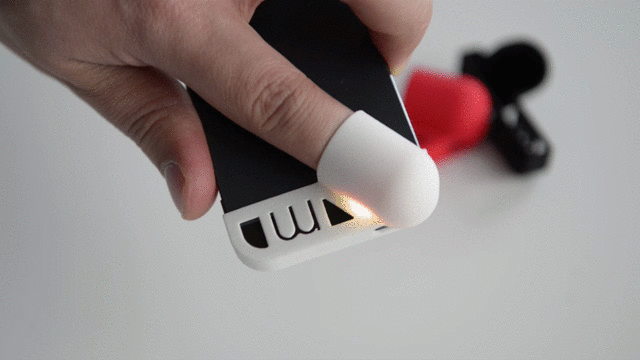
Image © Morpholio
Morpholio focused their research on the response our bodies make when engaging with the world, and how it can reflect our inner states. Inspired by how the medical industry uses the iPhone to monitor heart rate, the new app uses the camera to read small fluctuations in colour that result from the actual blood flow through the skin. “In our app, unique images flash across the screen as the heart rate fluctuations of the user are recorded, thereby tracking their visceral response to the images. After a few iterations, we developed a 3d printed fitting for the iPhone that indicates how to locate your finger properly on the device and blocks external light from entering the camera”, says Morpholio.

Image © Morpholio
As an extension of our research we wanted to see if we could record the heartbeat in relation to what was being seen and experienced.
– Toru Hasegawa, Morpholio Co-creator
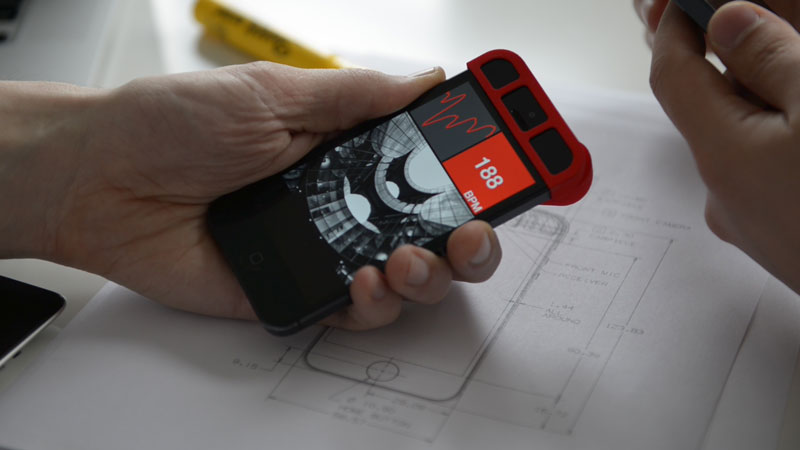
Image © Morpholio
The new research developed proves just how advanced smart phone technology can be. “Using the camera in this way is probably something even a company like Apple could not have anticipated, and demonstrates just how sophisticated the hardware of smart phones can be.” says Hasegawa.
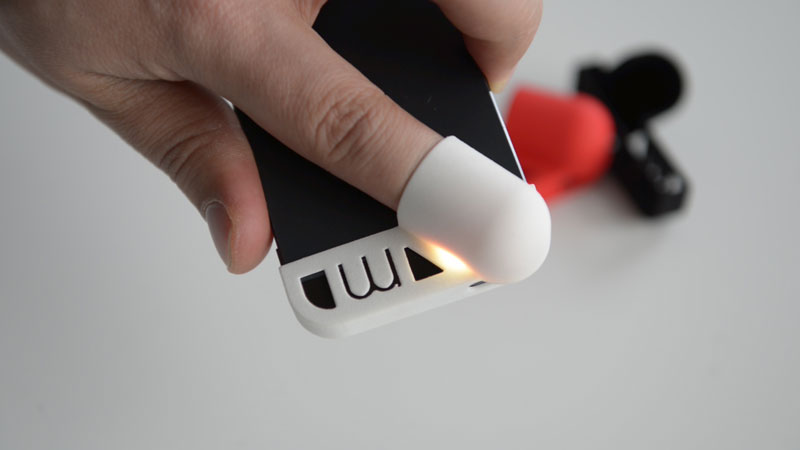
Image © Morpholio
Through their projects, Morpholio has been able to leverage interface metrics such as how much time you look at an image and where someone zooms into an image. Morpholio’s research first created “EyeTime” which measures the visual impact of an image through the amount of viewing time it receives. The tool has now been used to provide feedback to those active in the Morpholio App as well as to create public juries for a series of competitions on design, art and photography.

Image © Morpholio
The Morpholio Project is putting together human and machine intelligence in really interesting ways. We’re producing one of the largest databases on aesthetics, which is growing every day.
– Mark Collins, Morpholio Co-creator
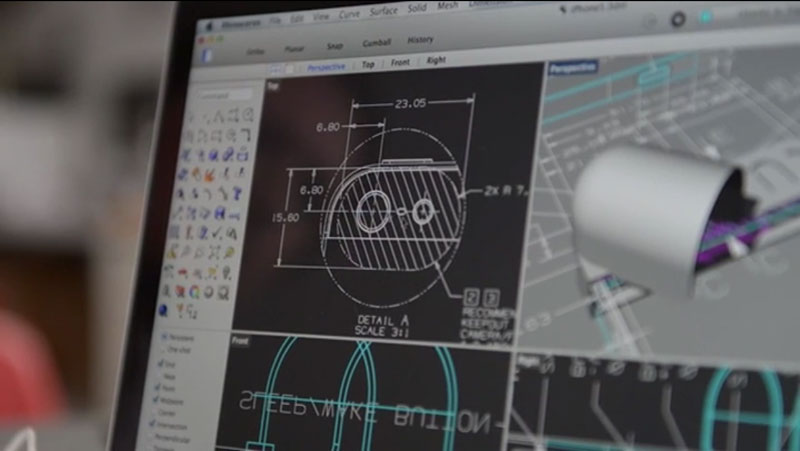
Image © Morpholio
All of our projects are a result of some research and problem solving. At Morpholio, we make tools to empower designers and creative minds. We’re trying to figure out what the tools of the future should be.
– Anna Kenoff, Morpholio Co-creator

Image © Morpholio
Morpholio currently offers four iPhone/iPad apps – Morpholio, Board, Trace, and Exhibit – and has a new app called Frame on the way.
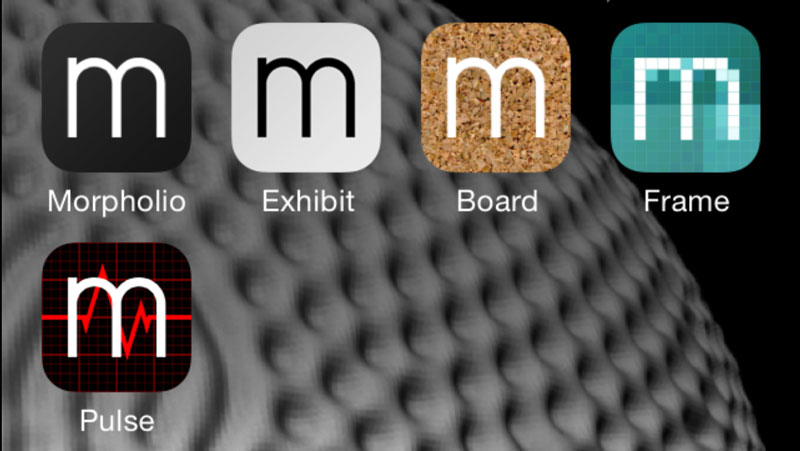
Image © Morpholio
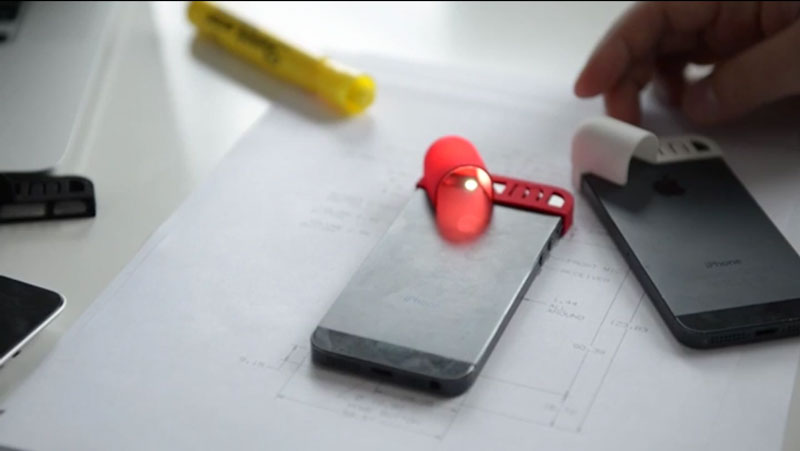
Image © Morpholio
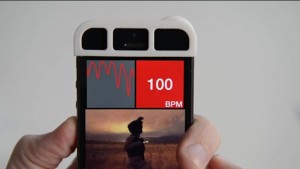
Image © Morpholio
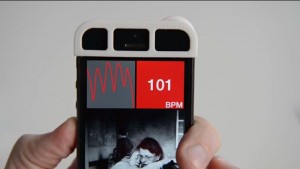
Image © Morpholio
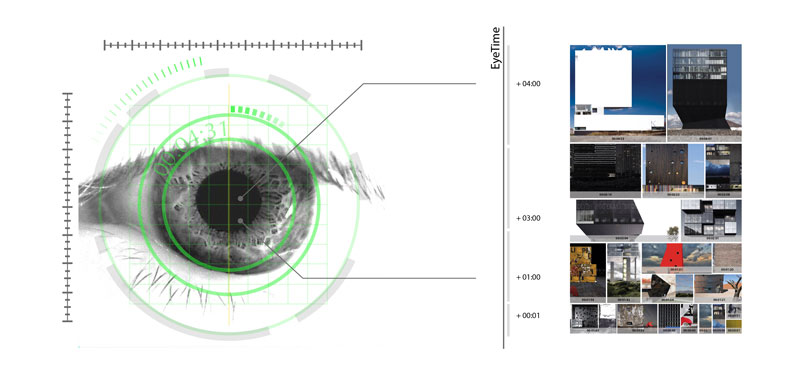
Image © Morpholio

Image © Morpholio
*All images and information courtesy of Morpholio.
